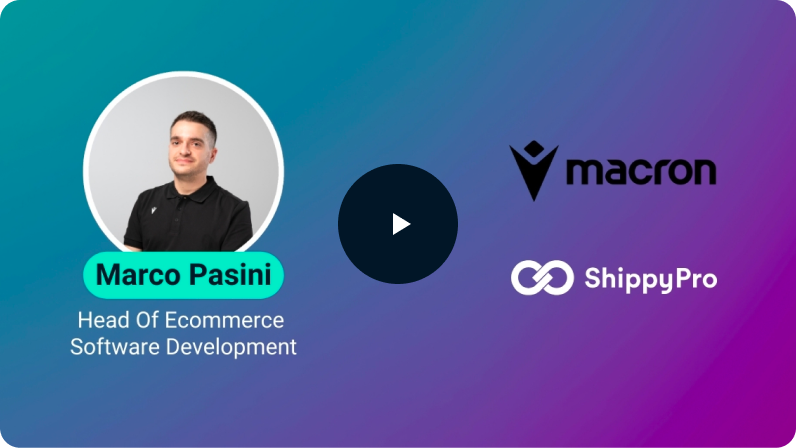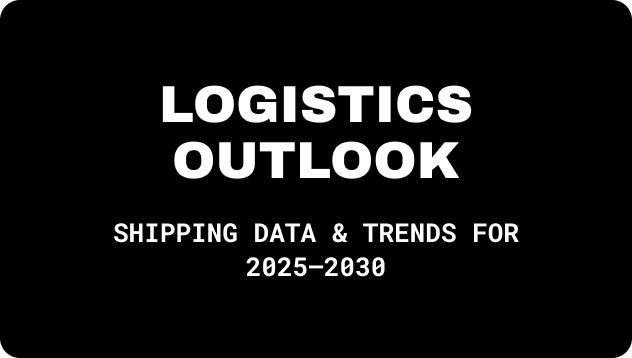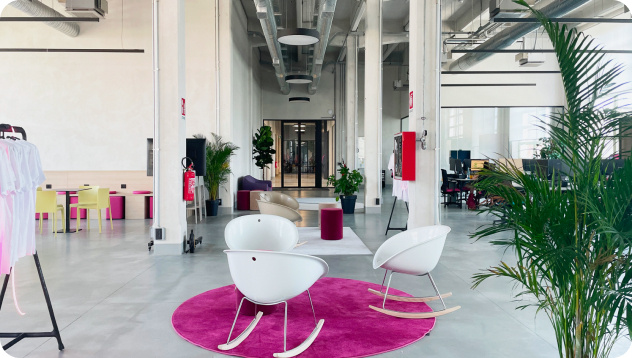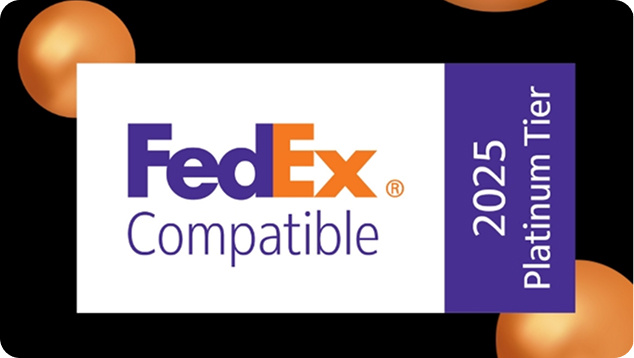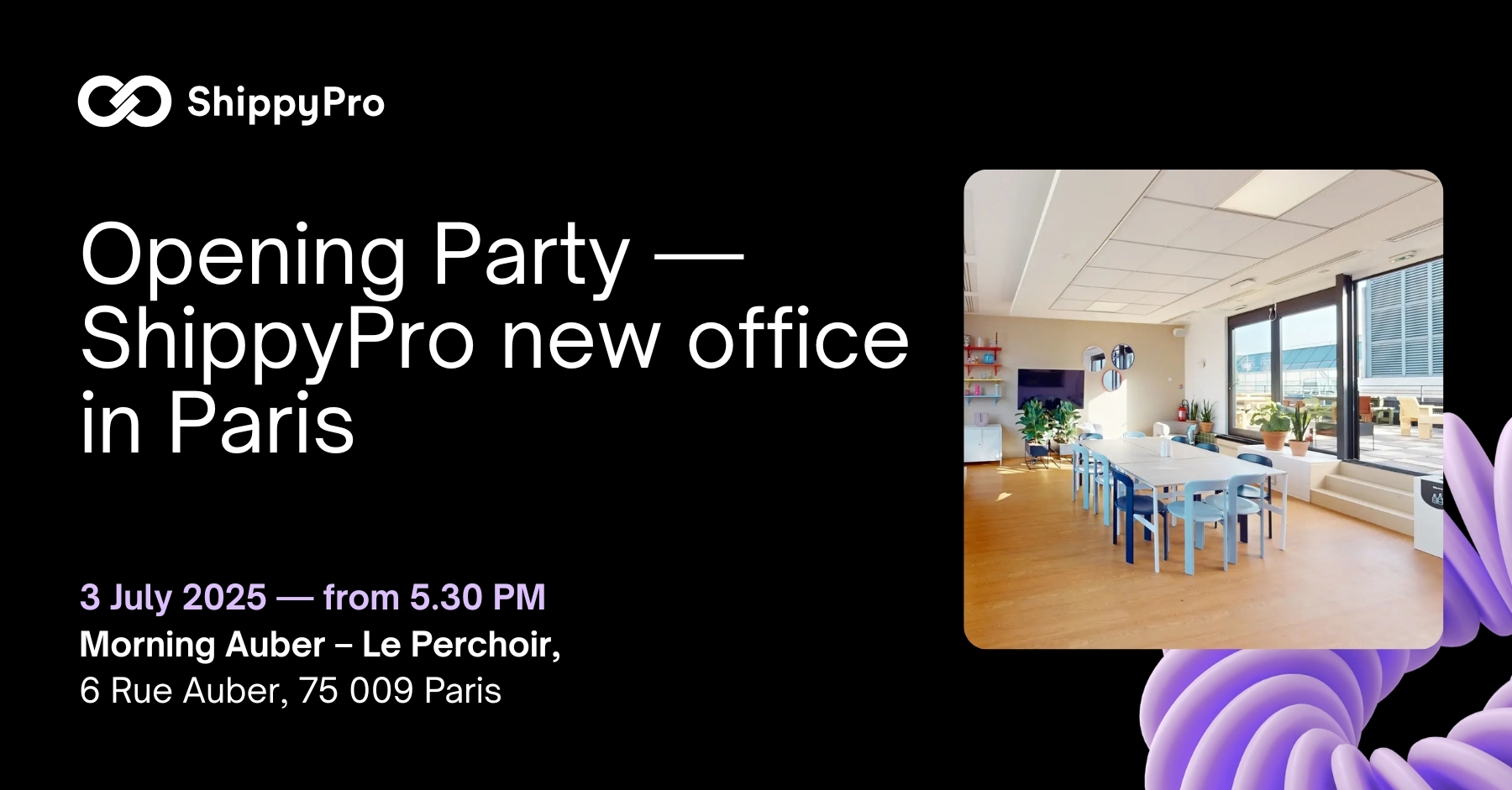Proximity e–commerce: the online neighborhood shop
What is proximity e–commerce? Why should you read this article carefully if you are a small retailer who wants to exploit the enormous potential of online commerce?
Before examining today’s topic in depth with numbers and examples, let’s start with the definitions.
Proximity e–commerce is, in fact, nothing more than the small neighborhood shops with an online store.
Why have we been talking about this in the last few months and we’ll still continue to talk about it? Because, even if it was not born in 2020, proximity e–commerce is experiencing a real boom this year due to the Covid-19 pandemic.
As a matter of fact the entire e–commerce sector, from large platforms to small sellers, benefited from the changed purchasing habits of customers.
If until the early months of 2020 people left the house regularly to buy in supermarkets and small shops, with the explosion of the pandemic and the ban on unnecessary travel, many bought online for the first time. Good news is, they are not going to stop.
According to data released by Netcomm, the Italian Digital Commerce Consortium, the first 4 months of 2020 saw an increase of 2 million new online consumers in Italy – more than double of the 700 thousand expected.
To better understand the extent of this transformation and its consequences, let’s analyze some data.
Proximity e–commerce and lockdown
The Coronavirus emergency seems to have subsided (at least in Italy) but until recently it monopolized the editions of news and newspapers and put a strain on most of the Italian hospitals.
Things have changed now, but in March and April for many retailers the only way to maintain a bond with their customers was to deliver their products directly to their home or to encourage the so-called “Click & Collect“. That is, the ability to order online and collect in store.
We will see later in the article how ShippyPro can help you customize delivery options to be even closer to your customers.
Looking at the numbers, Netcomm research even shows a + 349% for Click & Collect in the first months of 2020.

But what were the most purchased products? Who did consumers turn to in order to meet their suddenly transformed needs?
According to the research carried out by Deloitte, purchases of household products, food such as fresh fruit and vegetables and medicines have grown considerably: in short, everything that favored a safe stay at home.
As it is easy to guess however, the expenses for travel, restaurants, clothing and entertainment have collapsed.
Consumers continued to spend, but they bought basic necessities and, above all (here’s the big news compared to the past), they bought online, in many cases for the first time.
It doesn’t matter if through social networks, apps or a proximity e–commerce: the small neighborhood vendors maintained the relationship of trust built over the years, day after day, and they also often acquired new buyers.
But why is territorial e–commerce so successful? It’s not just about necessity. After all, even the large supermarket chains optimized their home delivery services and planned ad hoc communication strategies to stay close to customers, but the small proximity stores have experienced a real unexpected boom.
Let’s see together the reasons for this success, by analyzing the advantages offered by the opening of a proximity e–commerce.
The 3 great advantages of proximity e–commerce
We at ShippyPro have identified 3 great advantages that proximity e–commerce can boast compared to the big giants and brands that only have a physical store. Let’s have a look:
- Direct relationship with the customer. Many people do not like to deal with large e–commerce companies because the relationship is often cold and characterized by informality and little empathy. On the contrary, the small trader with an online business has a very powerful weapon on his side: his smile, humanity and warmth, which giants Amazon or eBay lack. Even to manage small crises or respond to requests for information, there is no better customer service than that offered by those who perfectly know their products and buyers’ needs. In addition, thanks to social pages proximity e–commerce can inform about discounts, opening hours, special initiatives, news, etc.
- Unified shopping experience. In a unified trade perspective, the ability to connect and communicate both offline and online becomes essential, for example by sending discount coupons via e-mail to use in store. It is important to understand that people can search for products online and then buy in store, or see them in the physical store and buy them later on your proximity e–commerce. A short time ago we talked about this increasingly necessary integration between physical stores and e–commerce.
- Speed and delivery options. Reading more carefully the word “proximity”, we see that it means “great proximity”. This minimum distance is expressed not only in the possibility of showing your humanity or giving a smile to the customer, but also in the ability to offer a fast and personalized product delivery. These are options such as same-day delivery or in-store collection, perhaps at agreed times. Also, returns are speeded up and simplified. There are many possibilities, but we will study them more closely in the following paragraphs.
After seeing the great potentials of this rapidly growing new frontier of e–commerce, we can go into the specifics and establish, point by point, the strategies you can carry out thanks to proximity e–commerce.

Proximity e–commerce: set your strategy
A little while ago we talked about quick deliveries and other solutions that you could take, but let’s see what you can actually do to not limit yourself only to the physical store and launch your proximity business online:
- Offer same-day deliveries. You don’t necessarily have to be the one who rings your customers’ doorbell, but there are now delivery platforms in every city that can deliver for you. In any case, it is essential to deliver as quickly as possible, because customers will buy from you not only to help a local business, but also to receive a immediately available, fresh new product.
- Take care of the customer as if he was in front of you. E–commerce does not mean raising an invisible virtual wall of formality between you and your customers. On the contrary, as we mentioned, taking care of customers that you may already know means responding in real time via chat, requesting feedback, dedicating exclusive advantages to those who decide to come to your store. It also means ensuring better, more attentive assistance, in case of damaged objects, wrong size clothing or requests for availability.
- Be constantly present on all online channels. We said that proximity e–commerce can exploit the great possibilities made available by social channels. It means opening your Facebook, Instagram or Google My Business pages and updating them with the correct times, publishing content, offering discounts and offers to create an audience of followers. It could also be a great opportunity to tell your story, that of the shop that has always been close to the wishes of your customers. Don’t underestimate the human factor: it’s still what makes a neighborhood alive, and being able to incorporate it online could help people feel part of a community.
We have deliberately left aside the Click & Collect and other pickup options, such as the Drive service and the Lockers, because we dedicated a separate focus to them. Keep reading!
Click & Collect and other pickup (and returns) options
As we have seen, the online purchase and the consequent pickup in the store, known as Click & Collect, recorded a triple-digit increase in the first 4 months of 2020.
Many small entrepreneurs started a rapid digitization process.
Until then many had perhaps not even considered the idea of opening an e–commerce.
In a very short amount of time, they bridged the gap that separated them from some large groups that had already successfully proposed ways to collect products in the store.
For example, groups like Walmart and supermarket chains such as Auchan and Coop have long offered the Drive service, that is, the purchase of products online and the pickup of grocery shopping already prepared and packed by the company. Decathlon also allowed customers to buy online and collect from the nearest store.
What is the difference between Click & Collect and other pickup services? Let’s clarify the ideas:
- Click&Collect is the online purchase followed by collection in the large shop or small neighborhood shop.
- Drive instead provides dedicated staff who prepare and manage the relationship with the customer who comes to collect his products.
- Locker is a slightly different service, characterized by easily accessible collection points, open 24 hours a day (for example, near shopping centers or stations).
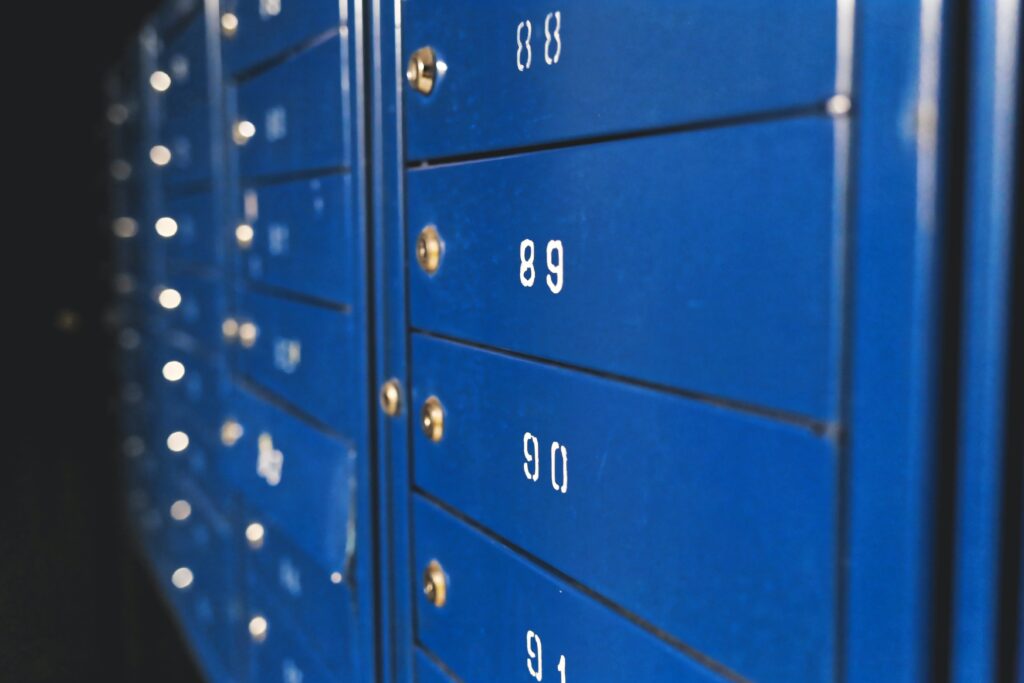
However, your customers could also want to make a return and thanks to a proximity e–commerce you can favor the return at well-defined pickup points or send all return instructions via e-mail.
In any case, for a truly efficient service of an expanding proximity e–commerce, all your good will and your time will not be enough.
You will need the help of a software like ShippyPro, which will allow you to customize the Checkout and optimize returns without going crazy.
ShippyPro Ship & Collect: be even closer to your customers
Opening a proximity e–commerce can bring you even closer to regular customers and attract new ones. Managing it was relatively simple as long as your physical store had to remain closed, but now that we have gone back to our old, chaotic routines, there is little time to combine offline and online plans without major headaches or without hiring dedicated staff.
In fact, there is a way to simplify things.
It will not only save you time, but it will also allow you to increase conversions at Checkout.
We are talking about ShippyPro Ship & Collect, which allows your customers to:
- Calculate the shipping rates based on the carrier and the delivery option.
- Choose the closest pickup point, by viewing it on a map complete with directions, timetables, contacts and distance to travel.
- Send the return request via a personalized form, rand receive the return instructions by e-mail.
- Choose the return at the closest pickup point.
On your part, you can also customize the map of the pickup points based on the colors and characteristics of your brand.
Thanks to ShippyPro Ship & Collect, you will avoid cart abandonment during checkout and offer an optimized shopping experience that pays attention to every single detail.
ShippyPro is the complete shipping software for online and offline retail. With Label Creator, Track & Trace, Easy Return and Analytics features, our software simplifies your shipping operations. ShippyPro integrates with over 180 carriers and 80 sales channels, making it compatible with a wide range of products and use cases.



